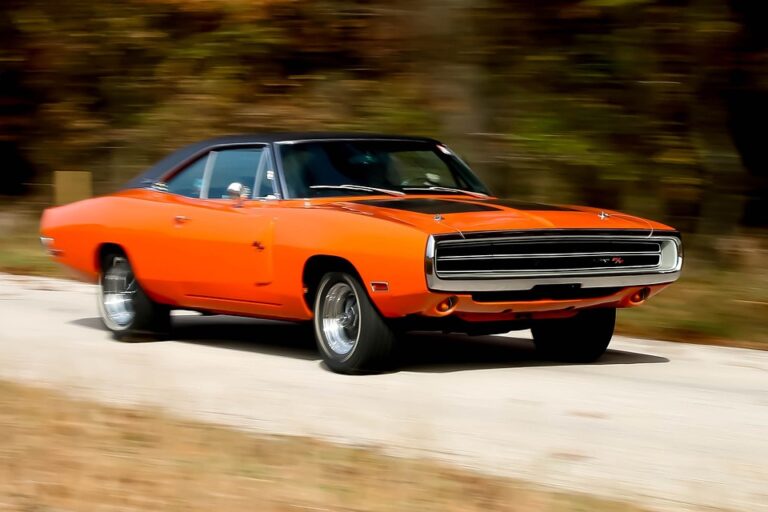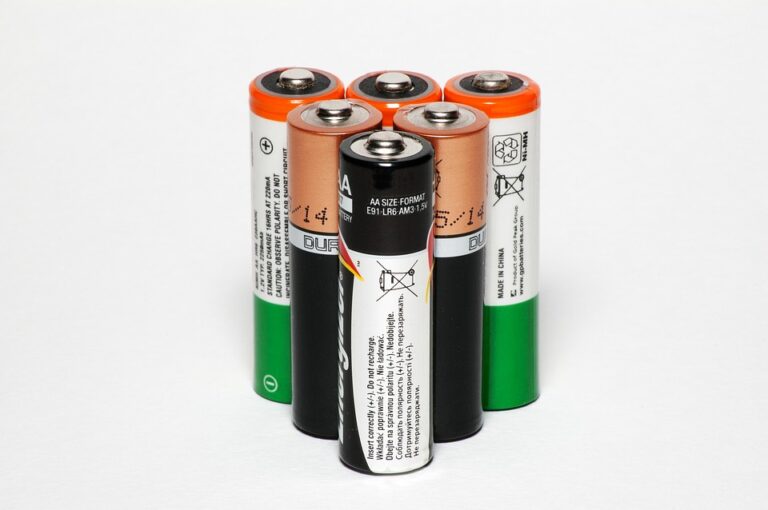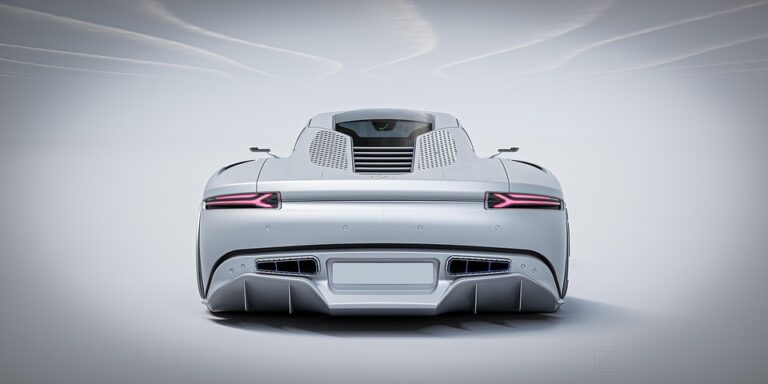
Understanding Fast Charger Types: A Comprehensive Guide to Choosing the Right One for Your Devices
In an age where our devices seem perpetually tethered to the wall, the quest for a quick charge has become paramount. Fast chargers, with their promise of rejuvenating our smartphones and tablets in mere minutes rather than hours, have rapidly gained popularity. Yet, with a plethora of options available, how does one discern which fast charger is truly the best fit for their needs?
1. The Basics of Fast Charging Technology
Fast charging isn’t a monolith; it’s an umbrella term that encompasses various technologies, each with its own methodology and outcomes. Generally, it relies on two critical components: voltage and current. The higher the voltage and the greater the current, the faster your device can charge. However, simply jamming more power into your device isn’t always benign. Excessive charging can lead to overheating, potentially damaging the battery over time.
Did you know? According to a study by Battery University, maintaining a battery’s state of charge between 20% and 80% can significantly prolong its lifespan. This prompts an intriguing question: Is speed more critical than longevity when it comes to our devices?
2. Types of Fast Chargers: A Closer Look
-
Qualcomm Quick Charge: Perhaps the most recognised name, Quick Charge adapts the voltage and current based on the device’s needs. It’s vital to ensure your device supports this technology, or you may not reap the benefits.
-
USB Power Delivery (PD): This universal standard is compatible with a wide range of devices—from smartphones to laptops. It operates by negotiating power levels between the charger and the device, ensuring optimal charging rates without compromising safety.
-
Apple’s Fast Charge: Apple’s proprietary approach to fast charging employs the USB PD standard, but with unique specifications. Using a compatible adapter (like the 18W or higher), you can charge your iPhone significantly quicker than with traditional methods.
-
SuperCharge, VOOC, and Others: Various manufacturers have developed their proprietary fast charging technologies. Huawei’s SuperCharge and Oppo’s VOOC, for example, use higher voltages and currents to achieve rapid charging times, often surpassing competitors. However, these are often limited to specific devices, making compatibility crucial.
3. Compatibility and Safety Considerations
When choosing a fast charger, compatibility is paramount. A charger that works wonders for one device may not deliver the same results for another. Always check the specifications of both the charger and your device. Moreover, it’s wise to consider safety features like over-current protection and temperature regulation, which can prevent potential hazards.
An interesting point to ponder: Is it worth investing in a high-end fast charger if your device only supports basic charging? The answer often lies in your charging habits. For those who are frequently on the go, the investment may be justified.
4. The Future of Fast Charging
As technology continues to evolve, so too does fast charging. Innovations such as GaN (Gallium Nitride) chargers promise even more efficiency in smaller packages. The prospect of wireless fast charging is also on the horizon, albeit with its own set of challenges.
What does this mean for the consumer? As the landscape shifts, staying informed about the latest developments will ensure you’re equipped with the best tools available.
Embracing Smart Choices
Navigating the world of fast chargers can feel overwhelming, but understanding the nuances of each type empowers consumers to make informed decisions. Whether you opt for the ubiquitous USB Power Delivery or a more niche offering like VOOC, the right fast charger can not only save you time but also enhance your device’s longevity.
BargainsTrust remains committed to providing you with the latest information on quality products, ensuring you make the best choice for your charging needs.






